March 13, 2016
Martha O'Kennon
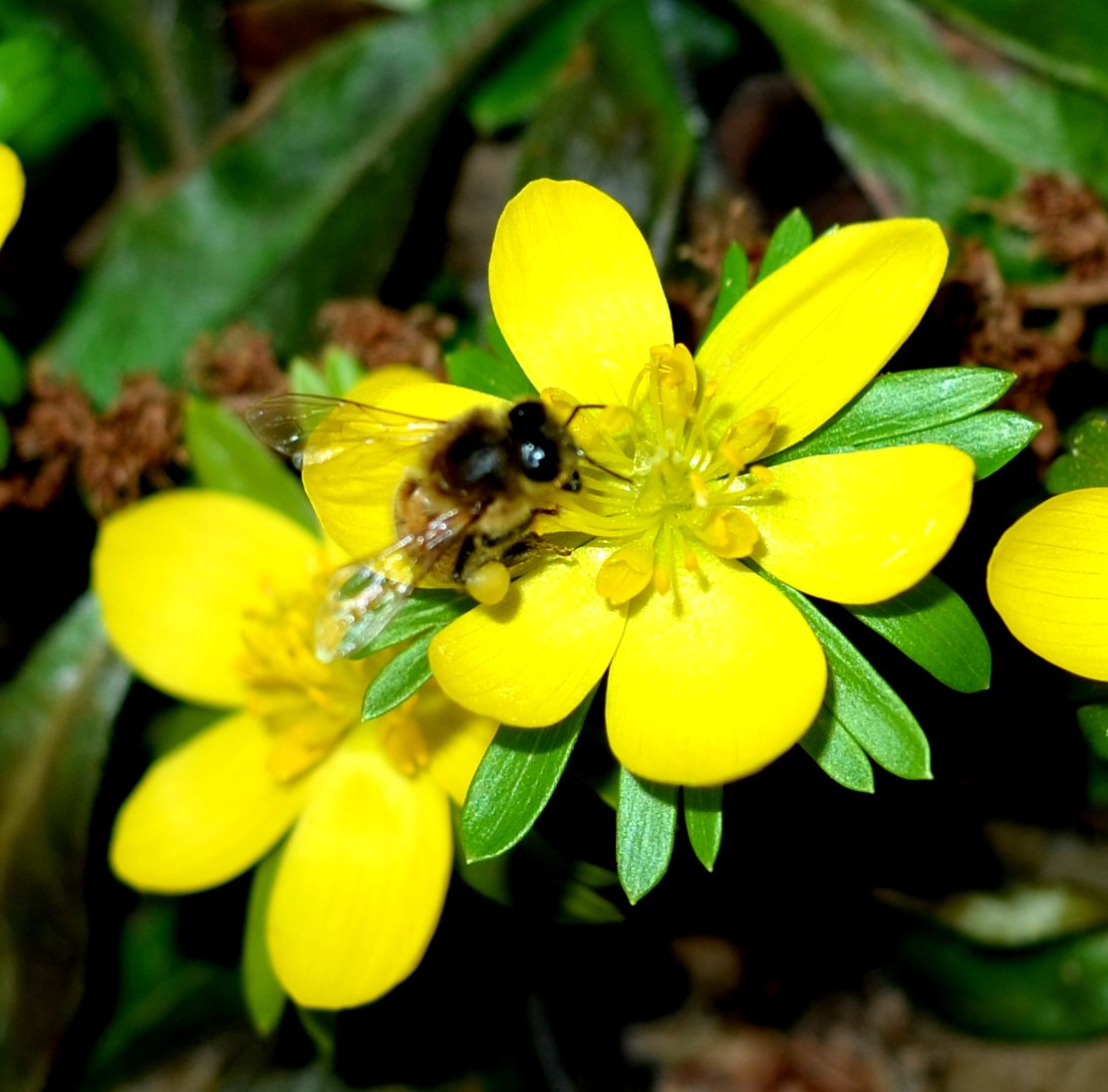

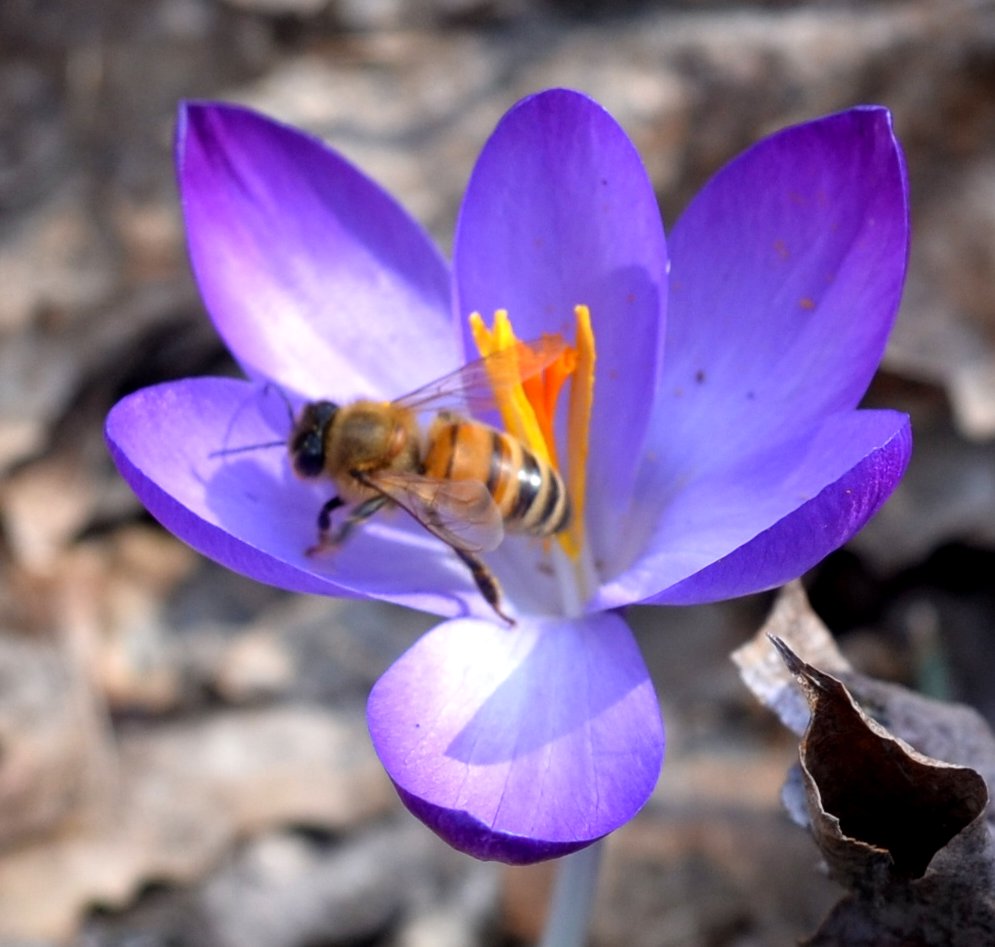
Can you imagine? Early March and the winter aconites (which started quite a bit early) are still going, and the early pale purple crocus and the slightly later deeper purple ones are going strong. Honey bees showed up a couple of days ago. One little bee was racing from bloom to bloom on the aconites beyond the speed of any camera shutter. Later (just after noon) a big batch of bees came sailing in for the just-fully-opened early crocus. Maybe they have more nectar per flower - anyway I managed to get four at a time. Today (March 11) one of the slightly later purple crocuses opened to let in some very happy bees. Can you imagine opening the blog with three brilliantly colored images? We are supposed to get some snow again in a couple of weeks, but the interlude has been balmy in spots - open windows in March? We'll just have to get over our climate gloom and enjoy this patch.
Remember that there is information in the name of the file for each image. You can see it by mousing over the image - look at the lower left of the screen.
I would try clicking on the image. If the little "+" sign appears, it means you can enlarge again. While it is in "+" mode, click on something you want to see more clearly and it will zoom to that section. Then the info is displayed in the address line above. If the image has been cropped
so that clicking on it doesn't result in a larger picture, you can always hit control-plus to increase the size of the image.
Gradually, more different kinds of creatures are unpacking their bags. Beetles (especially several kinds of rove beetles) bask on the shop siding, the midges (non-biting ones) are slowly increasing, leafhoppers are happily soaking up sunny patches. Let's start with our faithful ants: good-sized dark browns race along the siding. These first two are the same individual, the third may be different - I've never seen one with quite this kind of abdomen. But they all have the same wavy antennae. Wonder who they go to for the perm?
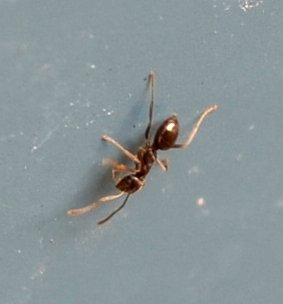
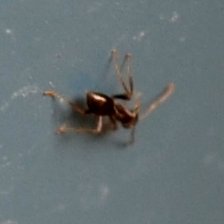
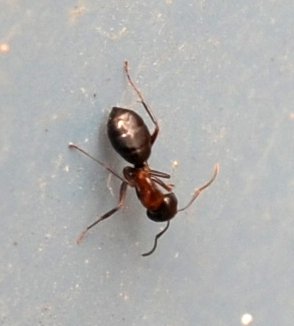
Last year I embarassed myself by sending an ID request to Bugguide.net for this little winged ant. Who knew there was another trail down the tree of hymenoptera whose inhabitants look so like ants to the unwashed observer? Anyway, this year I recognized it as a Diapriid. Look how flat they are from the side. We used to say about such a skinny person, "You've lost so much weight, you have to stand twice before I can see you."
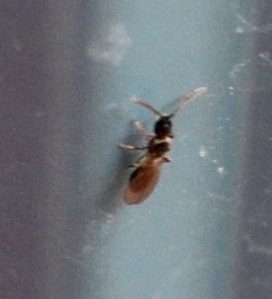
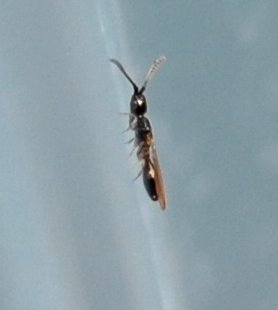
Here come the beetles. First is one of those ladybirds that gather in swarms in some people's windows or along the ceiling. I only had ONE in my house this winter. You must have had most of mine move in with YOU this year. The next one - is it a beetle or a bug? I'm stymied but aim to look it up - soon! It is going to be ID'ed as Drymus unus, a dirt-colored Seed Bug.
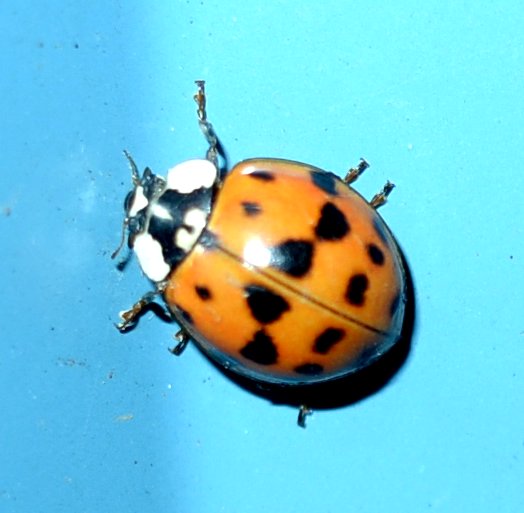
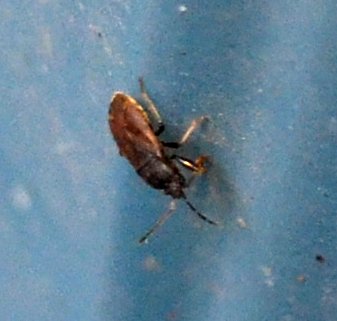
Here are two orangeish beetles, different species but so nearly the same color! The third one is a mystery - is it a strangely shaped rove beetle or not?
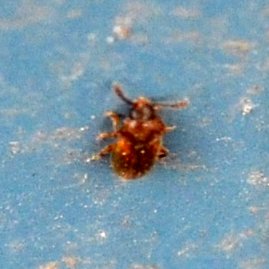
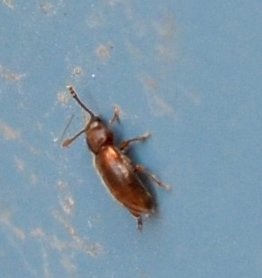
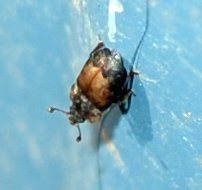
All the rest of the beetles were rove beetles. Those are the ones whose elytra (the hard wings that protect their soft flying wings: singular elytron) are chopped off about half-way down the back. One day I counted four or five of this same kind, down near the ground. Its hard shell is very short. The next one has a bit longer elytra. In this third image, you can see the abdomen and the filmy flying wings sticking out.
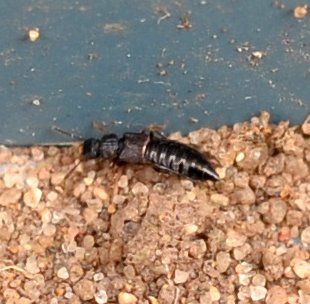
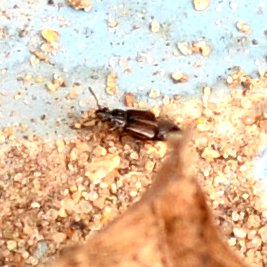
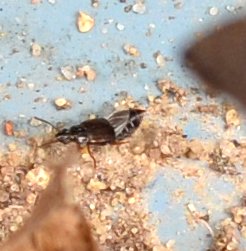
This one has a real mini-skirt, but doesn't seem to have the soft wings at all. The second is so elegant with its long long underwings. But this last one seems to have lost a good deal of its underwings.
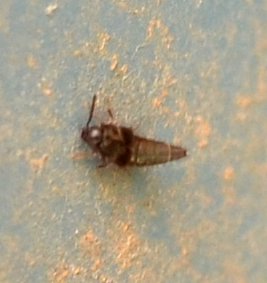
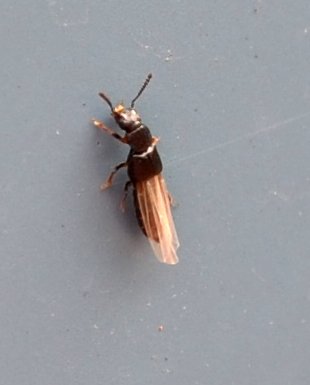
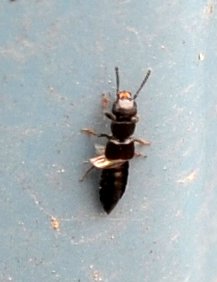
The leafhoppers are back. This first one is so tiny it just looks like a short piece of thread until you start zooming in on it. Pretty nice piece of thread, huh? It is going to turn out to belong to the genus Erythroneura. The second one is in genus Arboridia. I remember it from the end of 2015. The last one is new to me. You might think those big pinkish things on the "forehead" would be the eyes, but they aren't. The eyes are to either side of the "pink things".

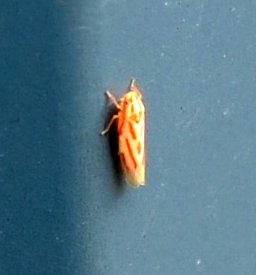
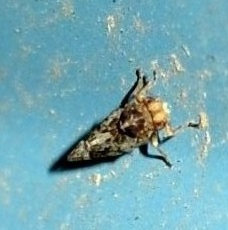
This was the week for midges. Good thing this species doesn't bite! This first image is of a male. They have feathery antennae that look as if they are in the midst of a static electricity generator. The second is a female. You can sex them by the shape of their abdomens. If this were a biting midge, the female would have a stabbing proboscis. (Don't worry, I'll show you on the mosquito coming up in a bit.) Now this next one is a sad story. She has a bright red mite clinging to the space between her head and her thorax. But this poor last one - she has at least three red mites!

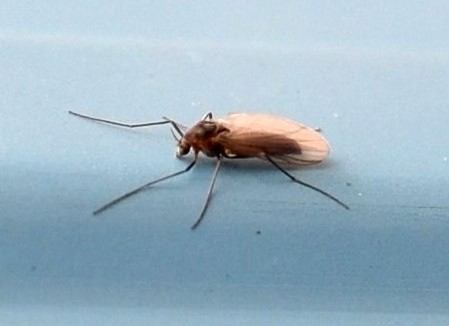

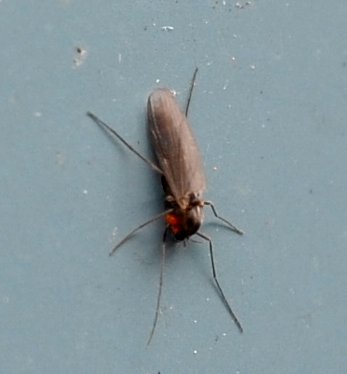
I was about to close the books on this week, but today I found both a dark-winged fungus gnat and a mosquito. The first two pictures here are of the gnat.
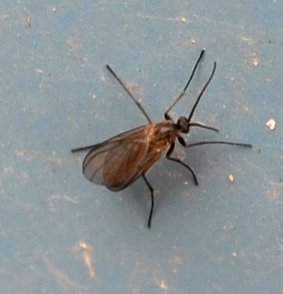
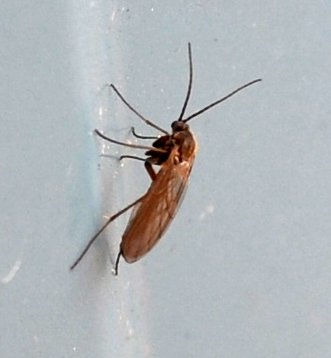
Here is the mosquito. There were more than one, but each image is a slightly different hue, mostly due to time of day and whether or not I used a flash. Although they were somewhat wary of me, they were also feeling quite peckish. Ha ha. This is more like the snout of the biting midge we were discussing a bit ago.
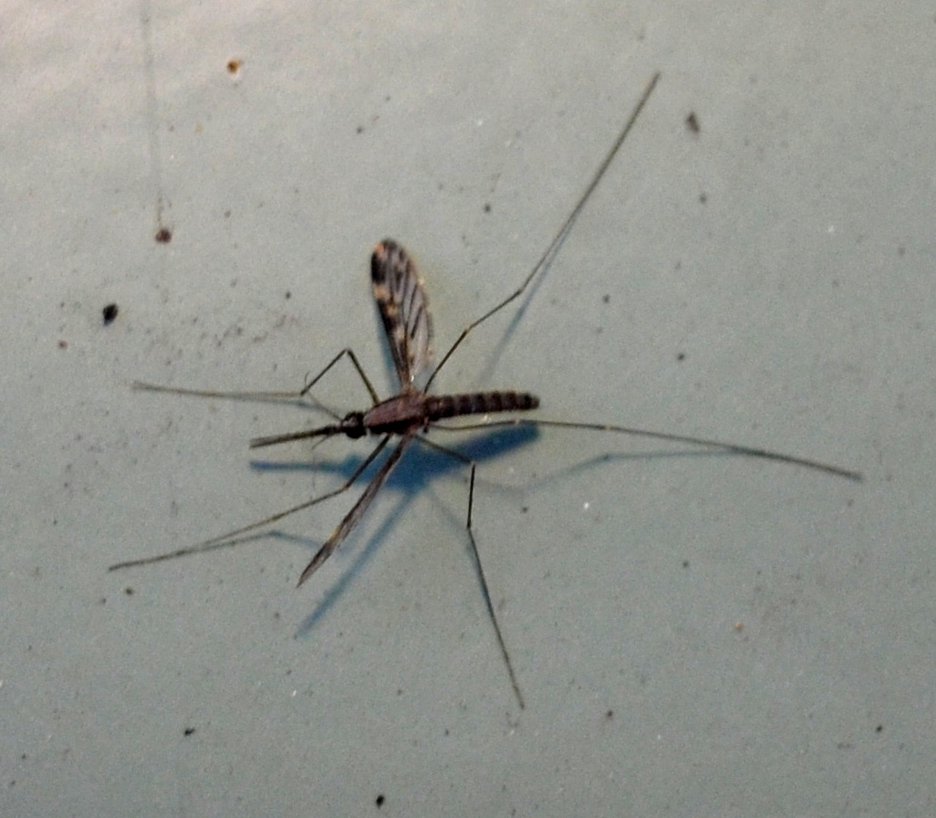
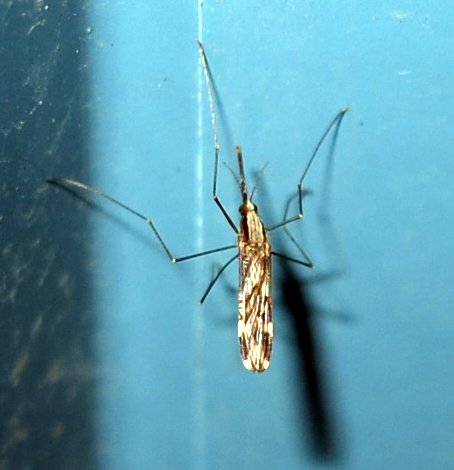

Last year we saw quite a few of these orange flies. There is a largeish number of flies all called Acalyptratae, which may or may not mean "hard to pin down".
And my heart was warmed when I realized this tiny 1 or 2-mm fly was actually one of my dear little hoverflies. If you remember from last year, you may be able to tell this one is a male. Remember that in hoverflies and some other types of fly, if the two eyes meet in the center of the head, it is a male, but if the two eyes don't join, it is likely a female. That was about it for flies in the past three weeks.
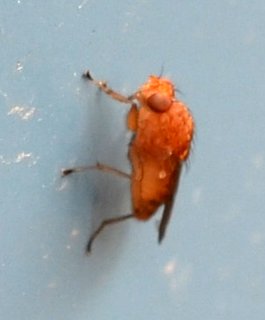
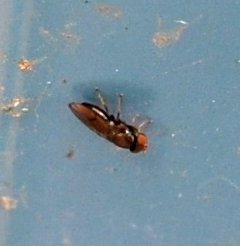
Before we move on to the spiders, there were just a few stragglers. First is a rolled-up something, maybe some kind of caterpillar or other larva. Perhaps it was a pillbug, like this one but unrolled. Oh dear, this pillbug seems to have already been captured by a tiny common house spider (what I abbreviate as "chs"). We are still finding "loopers" or "inch-worms" too.
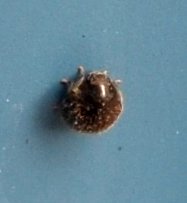
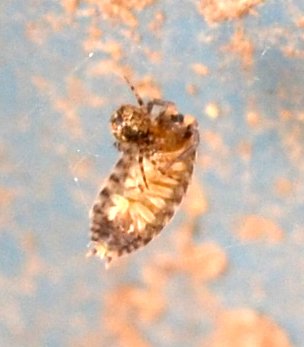
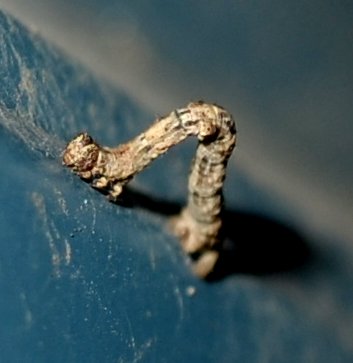
The brown lacewings are out again, just like last spring. And I believe this is a psyllid, the creature that made me think of barklouses. The third image may be of a very very tiny orbweaver, but I certainly can't tell conclusively without a microscope at this point.
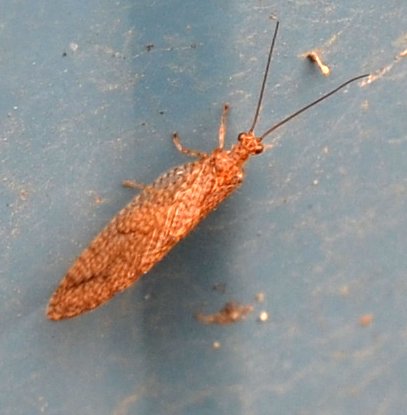
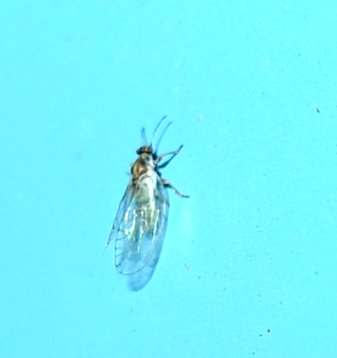
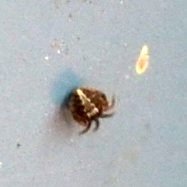
So now there is no excuse not to show you all the spiders we've seen in the past three weeks. You'll recognize the long-jawed spider from its long jaw, its long abdomen, and its gigantically long front legs. They are slowly growing (they started out as about 1 inch long). I haven't seen the green ones in this time frame, but they are surely hiding out there. We have had a few crab spiders. Here are two of them, different species.
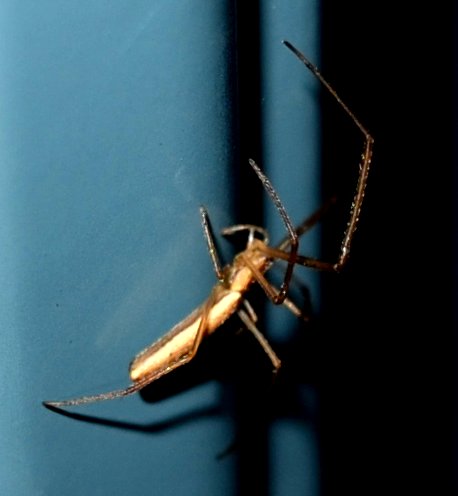
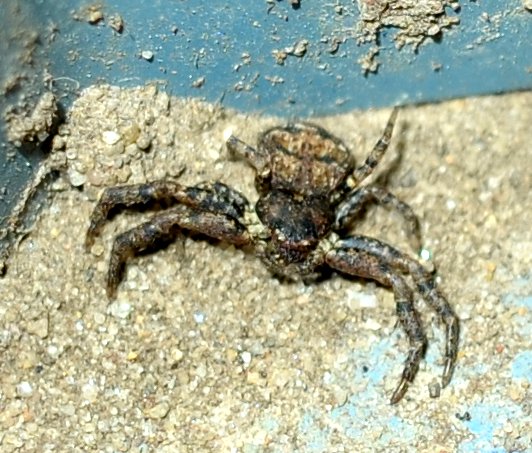
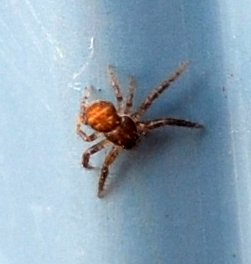
We had a few jumping spiders. You remember, they're the ones with the prominent eyes. The first one was seen on March 10, and the last two are the same individual (but different from the first image) as it appeared on March 11. NOTE: December 14, 2020. I think these were actually Wolf Spiders.
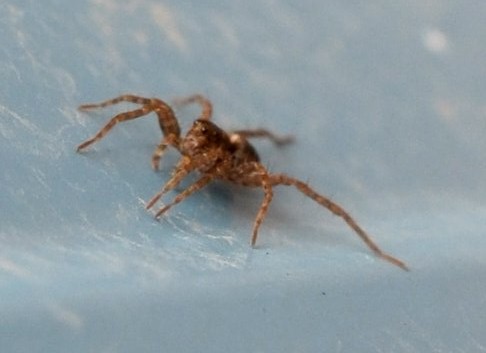
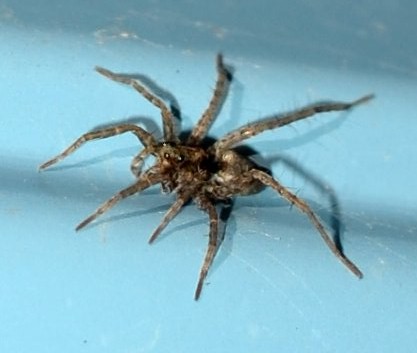
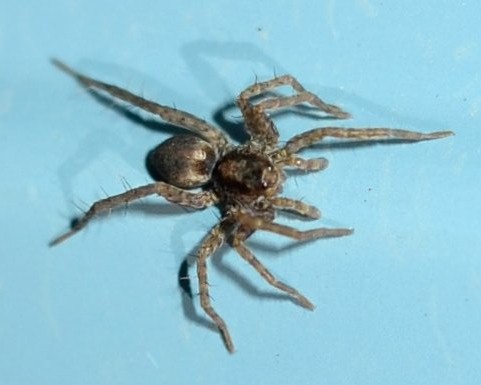
That green hump-backed spider was out often in the past weeks. Here it is again. And here are a couple of shots of a new one - with an orange abdomen.
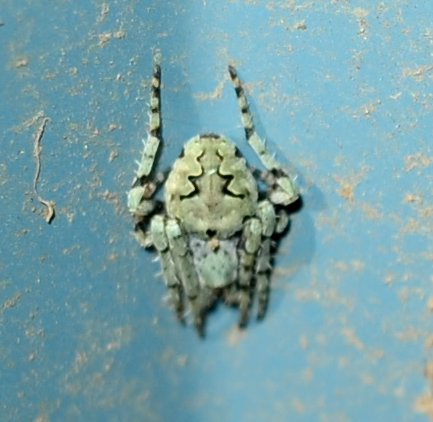
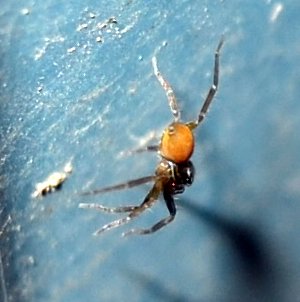
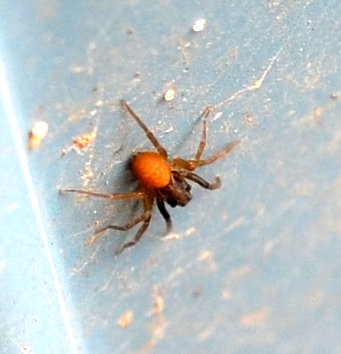
Here is another colorful new spider. I will have some interesting looking-up to do. The next one I am betting is a kind of orb weaver, but I'm not sure which orb weaver. They have turned out to be so plentiful. The third one was hanging under one of the house's clapboards (pronounced "clabbards").
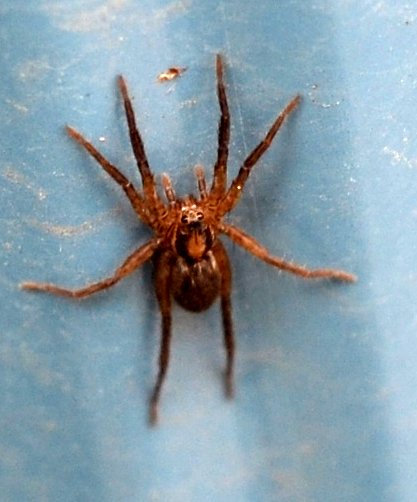
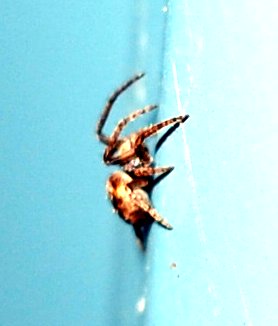
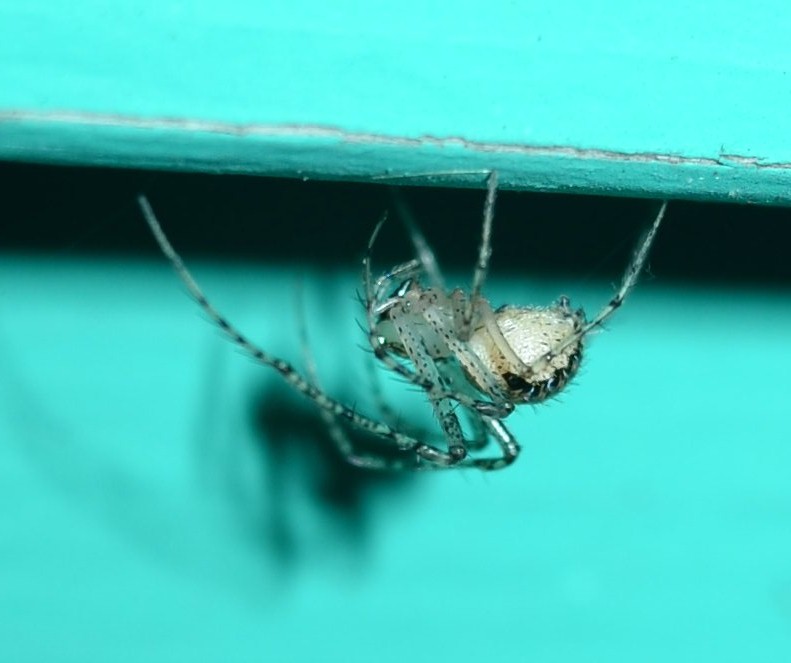
Considering how short the March 2015 blog was, you'll see how much warmer this winter has been than probably ever before. (Depends on how much the temperature is due to El Nino and how much to global climate destabilization!) I've been driven crazy being asked to sign this or that petition, but I always sign the one asking our lawmakers to consider the evidence and downsize our dependence on fossil fuels. Oh, I know I am supposed to say "Happy Spring" and "Spring came early" and "don't bother your pretty little heads about the environment and the climate", that petty stuff. So fine,
Happy Spring! (next week, but tonight's when we set our clocks to Daylight Savings Time. I won't tell you what I think about that either!)
Back to February 27
On to March 27
Back to 2016 menu
Back to main menu
copyright Martha O'Kennon 2016





















































